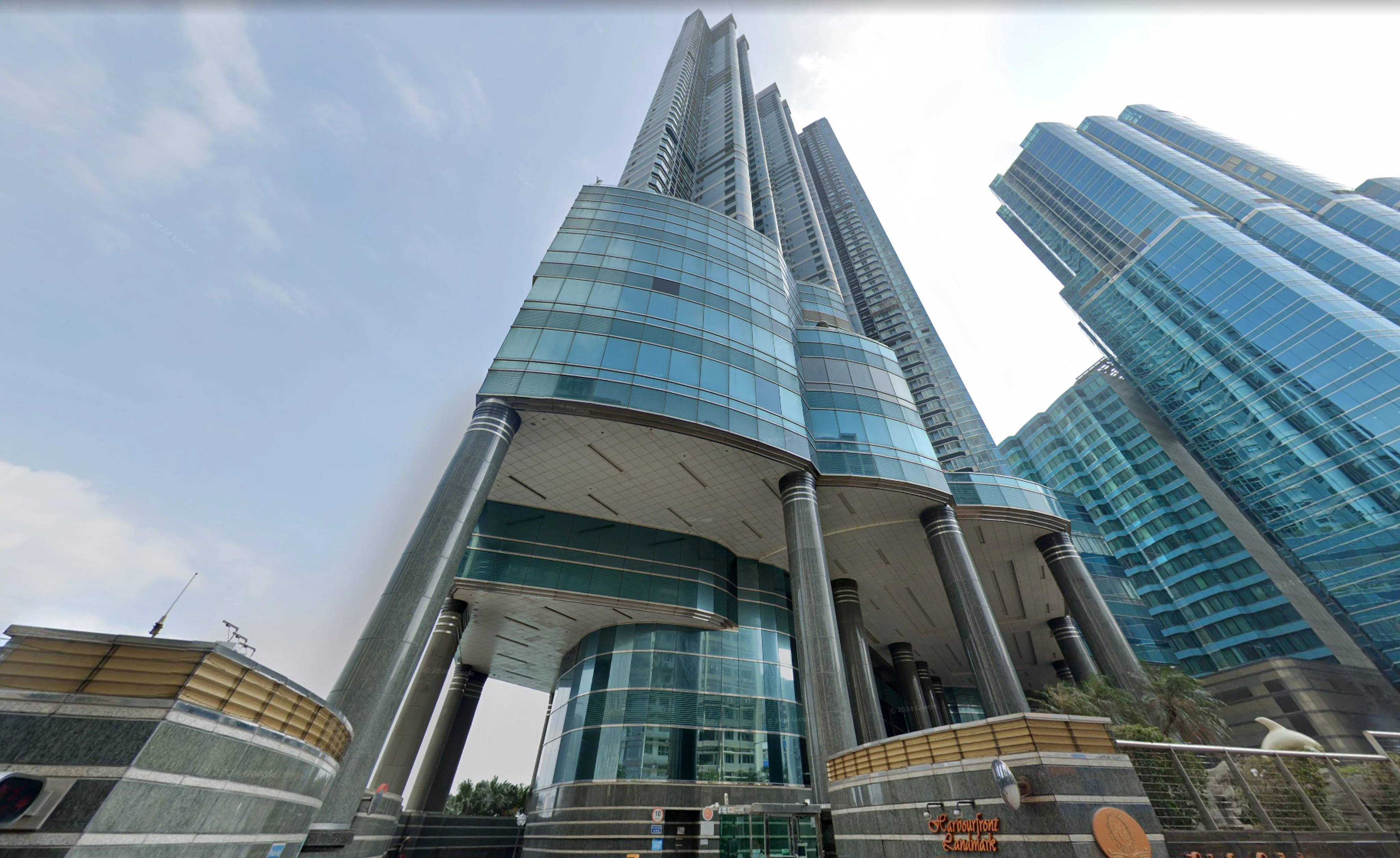By Bloomberg
Copyright scmp

Schroders has become the latest global asset manager to be caught up in Hong Kong’s commercial property meltdown.
Within just a few months, two assets managed by its property investment arm have been seized by bank creditors.
Now it faces a new challenge relating to a loan for a three-floor commercial space at Harbourfront Landmark in Hong Kong’s Hung Hom district. The facility was not repaid on the original maturity date. The lender, Bank of Communications (Hong Kong), was now weighing various options for the loan including potentially demanding immediate repayment and then enforcing it, according to people familiar with the matter. No final decision has been made, they added.
Schroders’ losses underscore the increasing strain global firms face from Hong Kong’s slumping property market. Like many other financial sponsors, Schroders uses special purpose vehicles to act as borrowers for loans against its Hong Kong property assets. When troubles arise, lenders’ main option is to seize the underlying collateral, even if its value does not cover the outstanding debt.
In recent months, some bank creditors have ramped up pressure on firms with property-related debt in the city, as they see few signs of a market recovery and are eager to offload troubled assets. Average prices of office buildings and retail space in the city are down by 48 per cent and 39 per cent, respectively, from their 2018 highs, according to Hong Kong government data, eroding the value of collateral backing many bank facilities.
Schroders’ three troubled assets were part of its Pamfleet portfolio, which the company acquired in 2020, in the midst of the Covid-19 pandemic and a crackdown on social unrest in Hong Kong. Pamfleet had US$1.1 billion of assets under management at the time of the acquisition, which Schroders said would add expertise in the Asian real estate market.
However, the cashflow generated by the properties had fallen short of expectations, according to people familiar with the matter.
The first property of the three to run into problems was the Nate, a serviced apartment tower located in the Tsim Sha Tsui district, which entered into receivership in July. A buyer later agreed to pay HK$272 million (US$34.9 million) for the asset, a 49 per cent discount from Schroders’ original purchase price of HK$530 million. Occupancy at the Nate dropped off during the 2019 protests in Hong Kong and did not pick up subsequently amid the city’s economic challenges, one of the people said.
A Schroders spokesperson said the sale of the Nate was progressing and the company had secured a lease for all three floors of Harbourfront Landmark. Regarding the Harbourfront loan, the spokesperson said, “the loan is not in default and has been extended”, but declined to comment further about other matters. Bank of Communications did not respond to a request for comment.
In August, bank creditors appointed receivers for another asset in the portfolio, the Worfu Mall in the North Point area, according to company registry records. The mall was used as collateral for a roughly HK$1.5 billion loan that a joint venture backed by Schroders and Chelsfield Asia Fund 1 defaulted on earlier this year. The shopping centre was put up for sale in January, but no deal was reached.
The venture paid HK$2 billion for the mall around the peak of the city’s commercial property boom in 2018, 88 per cent above the appraised value at the time. The fund spent about HK$250 million on renovations to the property, aiming to boost rents, according to the people. The work was finished in 2020, just as the pandemic took hold.
As the property market in Hong Kong continues to languish, Brian Wong, a director at Quantuma International, a restructuring and insolvency services advisory firm, said his company has been fielding inquiries over potential receivership appointments.
“We expect that more enforcement actions will occur in the next six months,” he added.



